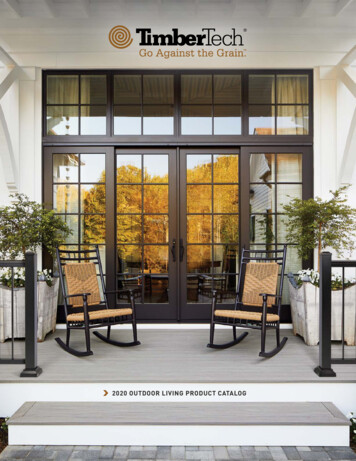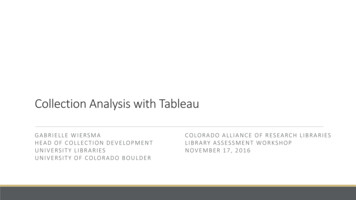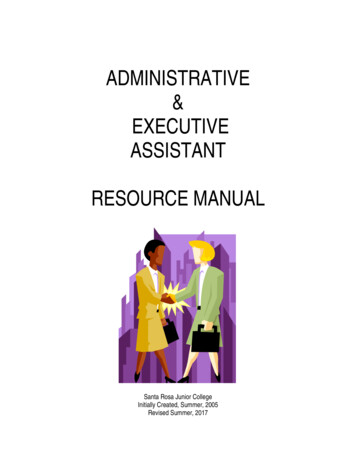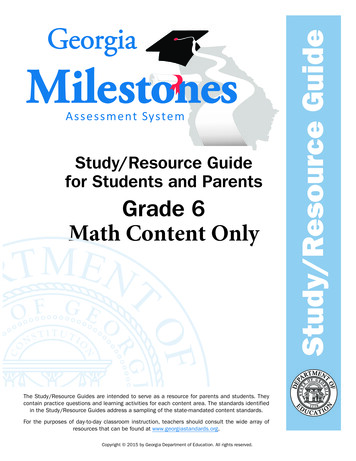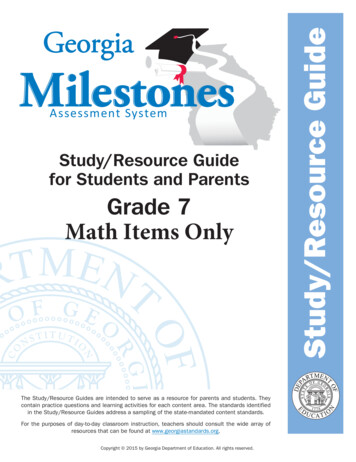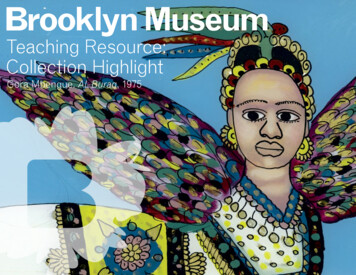
Transcription
Teaching Resource:Collection HighlightGora Mbengue. Al-Buraq, 1975
Description of the ArtworkA white horse with a long, thick tail and large, outstretched wingsruns through a sparse landscape featuring two long-stemmed flowersand patches of low-growing plants. The horse has a human headwith prominent female facial features and an elaborately decoratedheaddress with gold details and long, brightly colored feathers. Theanimal’s tail and wings are also covered with multicolored feathers.Its legs, bent in motion, are adorned with bracelets, and its back isdraped with stirrups and a floral-patterned textile that could serveas a saddle. This creature, the only figure in the scene, takes up theentire width and nearly the full height of the glass panel on whichit is painted.Gora Mbengue(Senegalese, 1931–1988)Al-Buraq, 1975Glass, paint, 13½ 19¼ in. (34.3 x 48.9 cm)Brooklyn Museum, Gift of Blake Robinson,2004.52.21About the ArtworkGora Mbengue was well-known among a group of Senegalese artistswho created paintings on the reverse side of panes of glass. Popularin urban Senegal (a country located south of the Senegal River inwestern Africa), this type of art is referred to as souwère (pronouncedsoo-WARE), from the French sous-verre, which means “underglass.” Historically made for Senegalese homes to serve as colorful,instructive reminders of life lessons, they often use a moral or spiritualsubject to illustrate fables, local tales, or important religious accounts.In this example, the subject is al-Buraq, a winged horse with awoman’s head upon which the Prophet Muhammad is said to haveflown to the heavens, to the throne of God. This important journeyis known as the mi craj.Though the Qur’an (the holy book of Islam) does not expresslyprohibit figurative art, the worship of an idol (a physical object suchas a cult image) is strictly forbidden. A well-known subject in Islamicart, al-Buraq often appears without a rider so that viewers focuson the Prophet Muhammad’s miraculous journey without seeing arepresentation of the Prophet himself.
Background InformationMbengue was a Sufi, a practitioner of a mystical sect of Islam knownas Sufism. Sufis choose to live without many of life’s comforts inorder to focus all of their energy on following the path to unity withGod. In Senegal, some members of Sufi brotherhoods devotethemselves to following the teachings and examples of inspirationalreligious leaders. Mbengue belonged to a brotherhood known asthe Tijaan.These brotherhoods began in the early nineteenth century whenSenegal was under French control. In the early twentieth century,France’s colonial government attempted to slow the spread of theIslamic faith in West Africa by banning colorful printed images thatwere widely traded in urban areas and served as inspiration for manyreligious souwère paintings. Souwère artists continued working afterthe ban, but with a more limited choice of source material. The artform, which still included imagery copied from preexisting Islamicsouwère paintings, became associated with Senegalese resistanceto French colonial control. After Senegal’s independence in 1960,the market for souwère art became increasingly commercialized andtailored to meet a growing demand from tourists.Questions for ViewingSouwère paintings are made on the back of a glass surface. Thisrequires the artist to start with the finest details, add layers of coloron top, and then finally add a background layer. Look closely at thepainting. Can you find evidence of all three steps?What is happening in this painting?What clues did the artist include to indicate where this story mighttake place?Does the painting convey a particular mood? What do you see tosupport your idea?What else do you notice? What details are included to suggest thisfigure may be special?What different animal features are combined to create this creature?What abilities do these features offer the creature?This winged horse with a woman’s head is known by the nameal-Buraq and is a familiar and important subject in Islamic art. TheProphet Muhammad is said to have ridden al-Buraq to the heavens,to the throne of God. What other mythological creatures combineanimal features with human ones? What special abilities does thisgive them?
Classroom ActivitiesArt MakingOn a piece of paper, draw an animal or person who is important toyou (try not to use letters or words). Put a piece of clear acetate ontop of the paper and trace your drawing onto the acetate with a blackpermanent marker. Use acrylic paint on the acetate sheet to add colorto your drawing. (Tip: If the black lines get covered, you can still seethem by looking at the other side of your acetate.) When the paint isdry, choose a color for your background and paint the entire sheet thesame color. Turn the sheet over to view your finished work. Scan ortake a digital picture and upload it to a free image site such as Flickror Picasa to share your artwork.Art and WritingStories such as that of the Prophet Muhammad’s ride on al-Buraqhelp us share information with future generations. Think of animportant journey you have taken during your lifetime—it might be ajourney taken only once or repeated many times. Write a short storyabout your travels. Consider which details you want to include so thatyour story may be shared and understood by generations to come.Host a storytelling conference to share with others. Listen carefullyto one another. What similarities or differences do you notice in yourstories? What themes emerge?Social StudiesThroughout history, artists have created artwork with ideas thatchallenge those in positions of authority. In Senegal in the midtwentieth century, souwère paintings with Islamic images becamesymbols of resistance against the French colonial government.Learn more about the history of civil disobedience in art. Researchone of the following artworks: Guernica, by Pablo Picasso; Artocracyin Tunisia, by INSIDE OUT; or Moratorium, by Jasper Johns. Whatis the artist’s main idea? What choices did the artist make to representthis point of view? Create a visual response to share or challengethe artist’s point of n/onview/ The BrooklynMuseum’s online collection database with a search function thatindicates artworks currently on view and their rs/teacher resources.phpThis webpage offers links to free web interactives and TeachingResources (PDFs) supporting K–12 instruction.Bouttiaux-Ndiaye, Anne-Marie. Senegal behind Glass: Images ofReligious and Daily Life (Munich and New York: Prestel-Verlag, 1994).This exhibition catalogue covers the major themes of Senegalesesouwère painting, along with the techniques, history, cultural context,and artists associated with the art form.Children’s Stories from Africa. Directed by Linda Korsten. MontereyMedia Inc., 2003. A DVD of African fables recounted by storytellerNandi Nyembe.Demi. Muhammad (New York: Margaret K. McElderry Books, 2003).A picture book about the Prophet Muhammad’s life, elaboratelyillustrated in the style of Persian miniatures.Roberts, Allen F. A Saint in the City: Sufi Arts of Urban Senegal (LosAngeles: UCLA Fowler Museum of Cultural History, 2003). This bookpresents the art and culture of Islamic West Africa through the storyof a dynamic popular religious movement in Senegal known as theMouride Way.Streissguth, Tom. Senegal in Pictures (Minneapolis: Twenty-FirstCentury Books, 2009). This young-adult book offers backgroundinformation on the history, culture, and politics of Senegal.Text by Museum Educator Rachel Ropeik, with assistance from School ProgramsManager Alexa Fairchild, Assistant Curator of the Arts of Africa Kevin Dumouchelle,and Hagop Kevorkian Associate Curator of Islamic Art Ladan Akbarnia.
A Saint in the City: Sufi Arts of Urban Senegal (Los Angeles: UCLA Fowler Museum of Cultural History, 2003). This book presents the art and culture of Islamic West Africa through the story of a dynamic popular religious movement in Senegal known as the Mouride Way. Streissguth, Tom. Senegal in Pictures (Minneapolis: Twenty-First Century Books .
